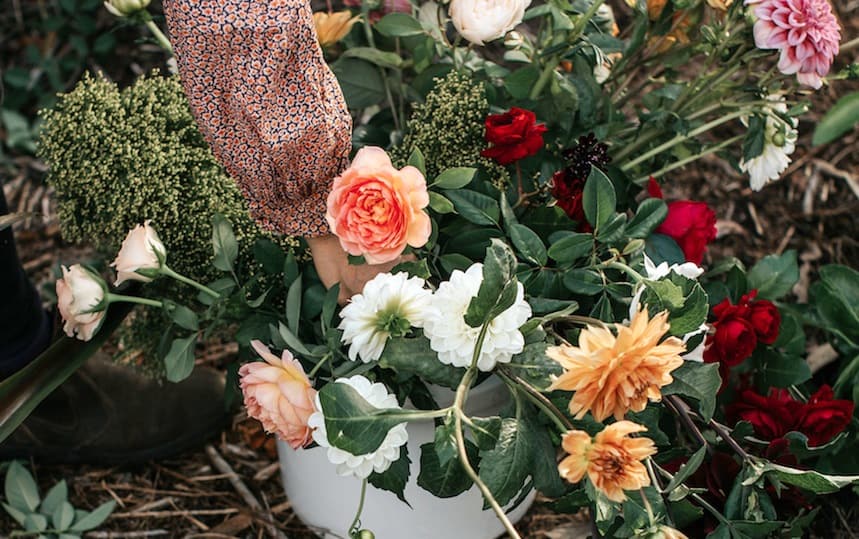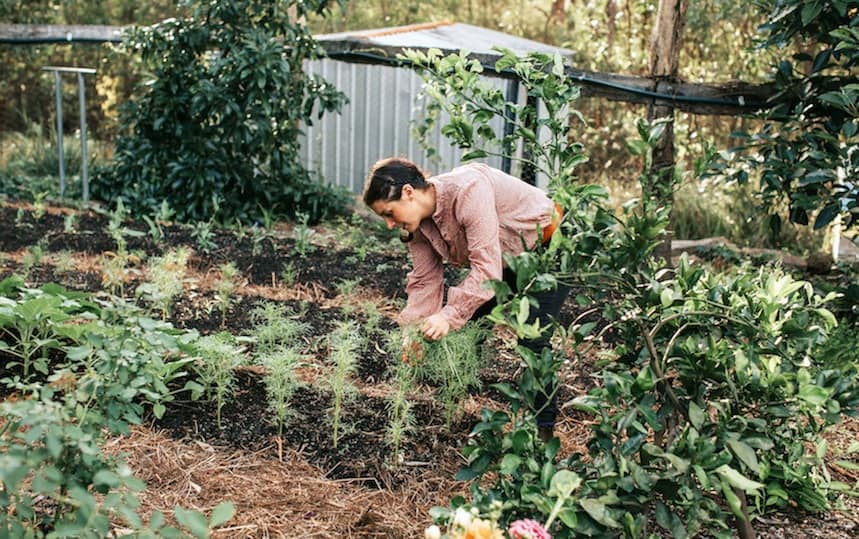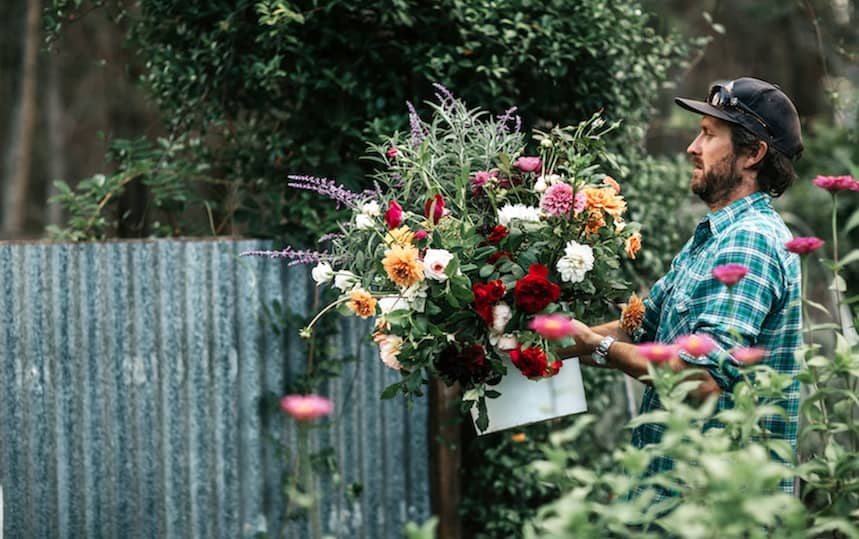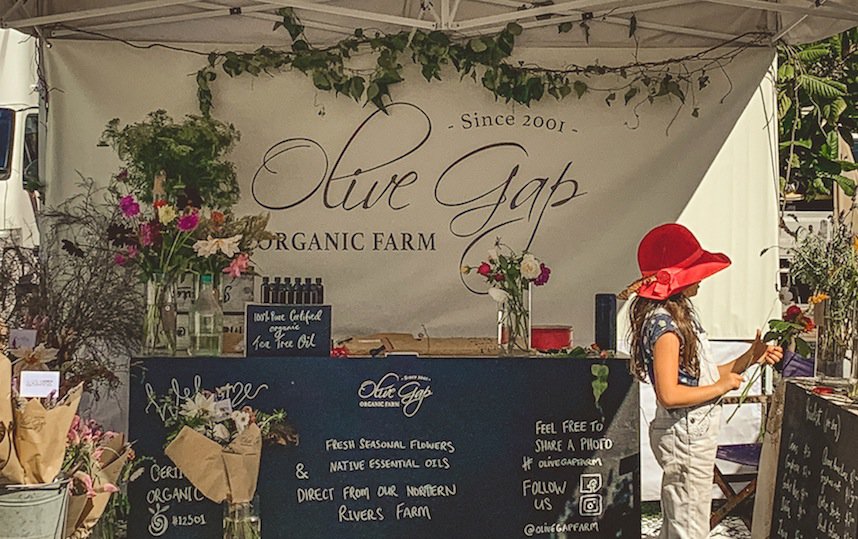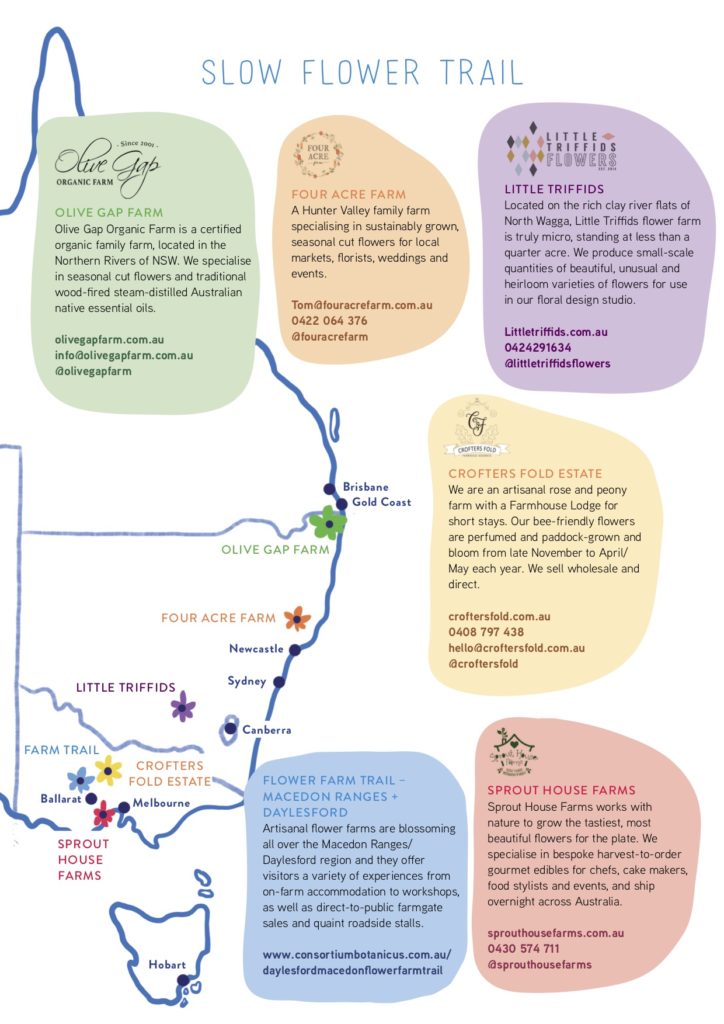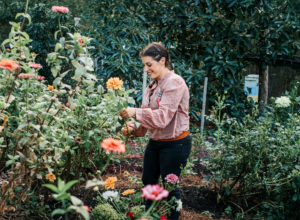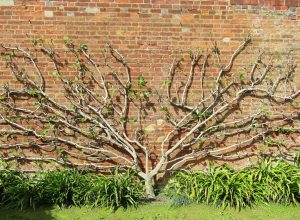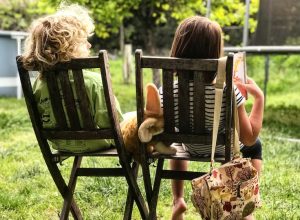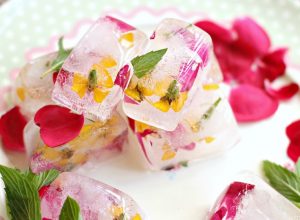Just as the slow food movement made us more aware of local and seasonal produce, the slow flower movement is doing the same for blooms.
Commercial flower production in 2019 tends to be far from slow. Most conventionally grown flowers are mass-produced, doused with chemicals and grown in resource-intensive greenhouses and climate-controlled facilities.
Flowers are often imported from developing countries such as Kenya and Ethiopia, with workers receiving minimal pay and experiencing poor health conditions. It’s estimated that one-fifth of the chemicals used in the floriculture industry in developing countries are banned or untested in Australia, yet these rules don’t apply to imported flowers.
In contrast, the slow flower movement promotes local, seasonal and sustainable flowers. Chemicals are used sparingly, if at all, with organic sprays preferred.
Another benefit of this more sustainable model is that local growers can grow varieties that are hard to transport over long distances; they can therefore offer flowers that large flower markets can’t.
Embracing the slow flower movement: Olive Gap Organic Farm
Tara Luca is a sustainable flower grower from the Northern Rivers area in NSW. Tara and her family live and work on Olive Gap Organic Farm in Woodburn.
The farm, which specialises in native essential oils, as well as seasonal flowers, is run by two couples: Tara and her husband Alex (along with their three daughters), and Alex’s sister Tess and her partner, Nina.
Tara developed her love for all things floral while studying an Organic Farming course. “Whilst at TAFE I discovered an amazing old floriculture section in the student library and I became completely obsessed with learning about flower production,” she says.
Floral focus
Tara focuses on heirloom and hard-to-find varieties of flowers. She often experiments with new types, and plans to diversify into growing more Australian native flowers and essential-oil crops. The flowers blooming at Olive Gap depend on the season, but snapdragons are a favourite, as are roses, cosmos, zinnias and ranunculus.
“My design style is quite whimsical and romantic so I love old-style roses, bulbs and incorporating lots of vines and dried and fresh herbs into my arrangements for that wild, just-been-picked look,” says Tara.
Clever design
“Designing and planning using permaculture principles has been a huge part of establishing our functional micro flower farm in the middle of a dry sclerophyll forest,” says Tara.
Fenced areas are crucial to keep kangaroos and wallabies from munching on the roses. With zoned areas for fast growing vegies and herbs, half of the no-dig raised beds are set amongst the fruit trees.
“At times you’ll find beans climbing up tall sunflower stalks and lettuces popping up in between the poppies,” says Tara.
Tara estimates that 90% of her flowers are grown from seed, and she collects seeds of her favourite varieties for the following season, so they’re adapted to the area’s conditions.
Helping out the bees
Something Tara hadn’t realised before starting flower farming is that most cut flowers need to be picked before they are pollinated to ensure a good vase life.
“We have a hive that provides us with honey right next to our garden, so I plant bee-friendly sacrificial crops around our borders to keep them happy, and also leave a few plants from my favourite crops to be pollinated and go to seed,” she says.
“We are also very near to the heath in Bundjalung National Park, so the bees have plenty to eat.”
Reducing waste
Plastics are heavily prevalent in the conventional flower industry, whereas the slow flower movement aims to reduce waste. Conventionally farmed flowers are often wrapped in layers of plastic.
Floral foam, used for floral arrangements, ends up in landfill (where it doesn’t break down) or in waterways, if it’s flushed down the sink.
“We get around using floral foam by using second-hand chicken wire or similar alternatives, and all of our bunches are wrapped in 100% compostable packaging,” says Tara.

